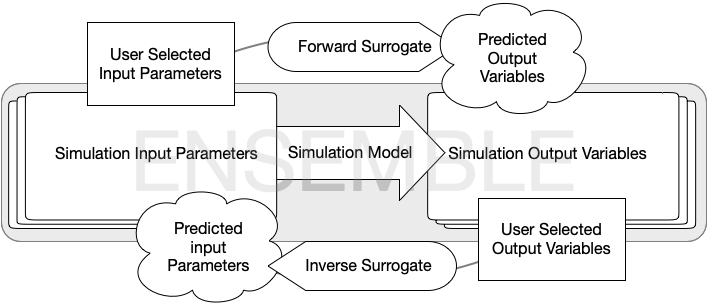Uncertainty Visualization Challenges in Decision Systems with Ensemble Data & Surrogate Models
Sam Molnar - National Renewable Energy Lab, Golden, United States
J.D. Laurence-Chasen - National Renewable Energy Laboratory, Golden, United States
Yuhan Duan - The Ohio State University, Columbus, United States. National Renewable Energy Lab, Golden, United States
Julie Bessac - National Renewable Energy Laboratory, Golden, United States
Kristi Potter - National Renewable Energy Laboratory, Golden, United States
Screen-reader Accessible PDF
Room: Bayshore VI
2024-10-14T12:30:00ZGMT-0600Change your timezone on the schedule page
2024-10-14T12:30:00Z

Abstract
Uncertainty visualization is a key component in translating important insights from ensemble data into actionable decision-making by visually conveying various aspects of uncertainty withina system. With the recent advent of fast surrogate models for computationally expensive simulations, users can interact with more aspects of data spaces than ever before. However, the integration of ensemble data with surrogate models in a decision-making tool brings up new challenges for uncertainty visualization, namely how to reconcile and communicate the new and different types of uncertainties brought in by surrogates and how to utilize these new data estimates in actionable ways. In this work, we examine these issues as they relate to high-dimensional data visualization, the integration of discrete datasets and the continuous representations of those datasets, and the unique difficulties associated with systems that allow users to iterate between input and output spaces. We assess the role of uncertainty visualization in facilitating intuitive and actionable interaction with ensemble data and surrogate models, and highlight key challenges in this new frontier of computational simulation.